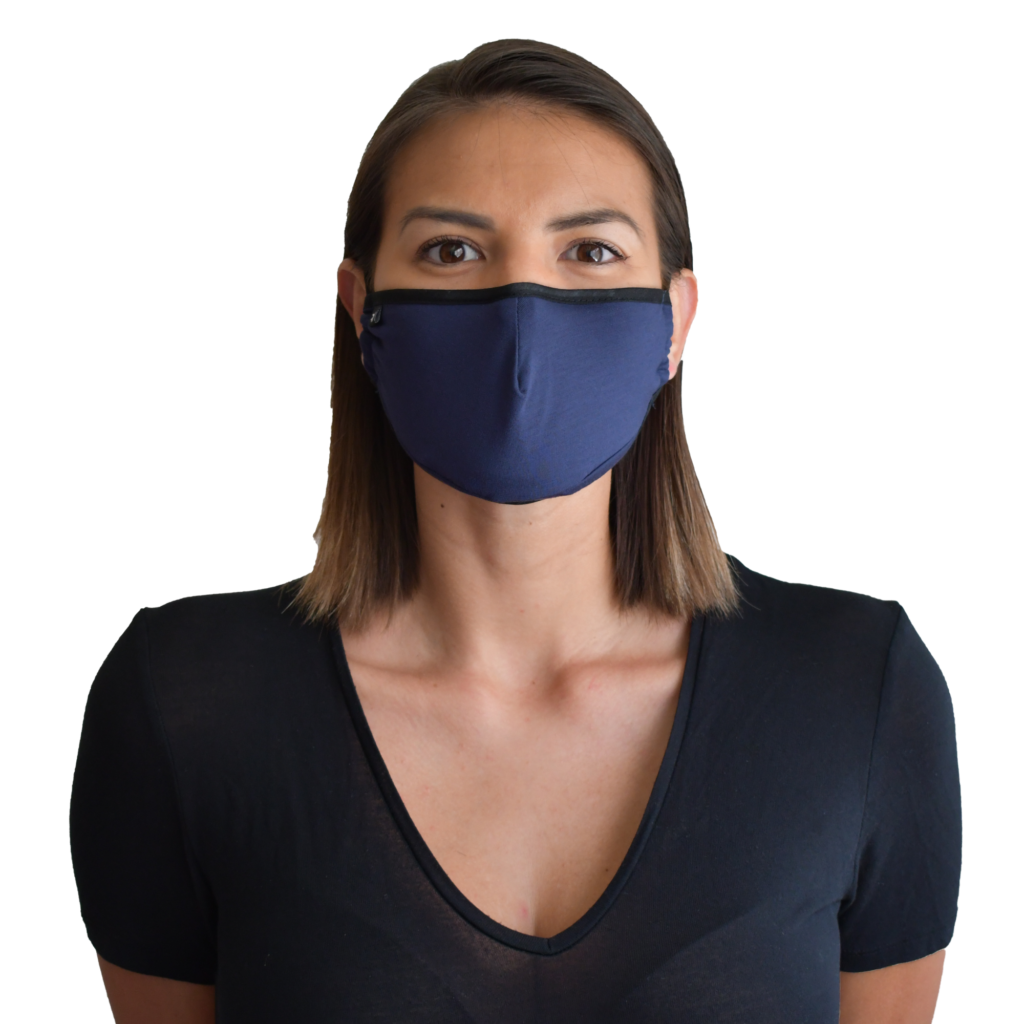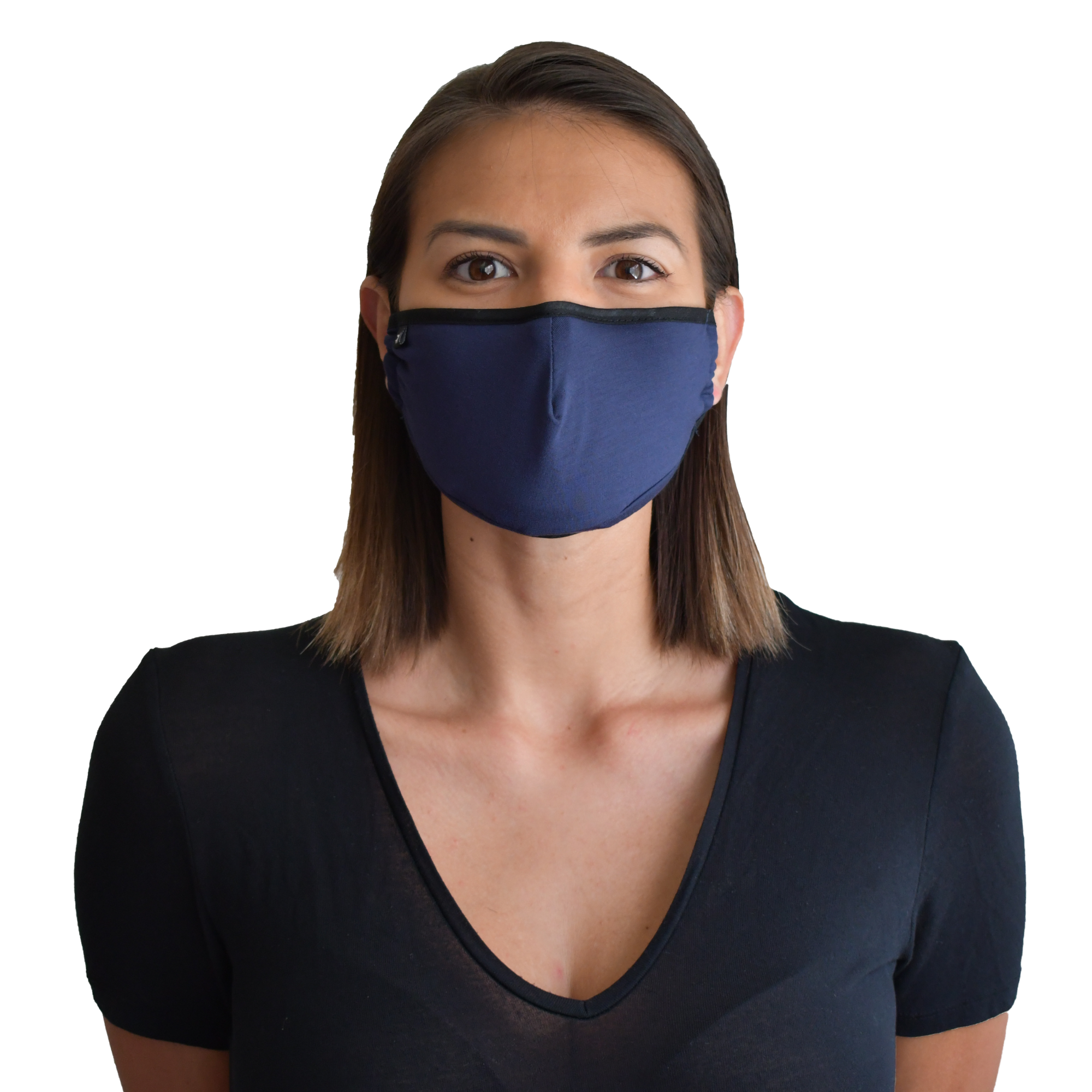
With over 6,000,000 confirmed cases of COVID-19 in the U.S., there’s never been a more important time to wear face masks. Respiratory masks are one of the only lines of defense we have against the spread of the virus.
As such, everyone must do their part. Face masks are becoming the new normal, but there are still plenty of people unfamiliar with the safety measure. This leads to some people wearing masks incorrectly.
Luckily, in this article, we’ll teach you how to put on a face mask the right way. We’ll also give you some tips and information to help you wear them. Let’s get started!
Why Are Face Masks Important?
Many people think that COVID-19 is spread only through coughing. But, it’s passed by respiratory droplets. As such, even talking can spread the disease. This is why face masks are so important.
Social distancing six feet apart does help prevent the spread of the virus. But this is particularly difficult in crowded areas. As such, a mask should always be worn in any public place.
The cloth barrier on a face mask blocks the spreading of respiratory droplets. This in turn prevents the virus from spreading. A face mask for immunocompromised individuals is especially necessary.
Immunocompromised individuals are people with compromised immune systems. This weakened immune system can be due to old age, or a preexisting condition.
These people are especially susceptible to Covid-19 since their body struggles to protect itself against the condition. As such, they should always wear a mask.
What Type of Mask Can You Use?
Choose a mask that has two layers of washable cloth. Avoid types of fabric that make breathing more difficult, like vinyl. Make sure that the mask you choose fits properly and comfortably on your face.
If you have children, then get them a mask made specifically for children. Individuals that don’t have a child-sized mask should use a normal one. Just make sure it’s secured firmly to their face.
You should avoid masks with an exhalation valve in the material. Why? Because the purpose of a face mask is to stop respiratory droplets from spreading. Unfortunately, exhalation valves provide an opening in the mask through which these droplets can escape.
So, while they may be easier to breathe through, they aren’t effective. You should also avoid N95 particle respirator masks and other types of disposable surgical masks.
These types of masks are made for healthcare professionals and first responders. Unfortunately, there is a major shortage of them.
Because of this, they should only be reserved for people in a high-risk environment that need them. For a more in-depth guide into mask types, make sure to check out the CDC’s official guide.
How to Put on a Face Mask
Before you put on your face mask, make sure it’s in working condition. Check the exterior of the product for any holes or tears. You should also look at the ties and ear loops.
We recommend carrying a second mask, in case your primary one breaks in a public place. Now you can put on your mask. Wash your hands to keep the mask sanitized. Make sure the exterior is facing outwards away from your mouth.
Find the bendable edge of the mask and place it toward the top of your nose. Then, if your mask uses ear loops, place both loops around your ear. Some masks also use ties. If you have a tie mask, then pick up the product by the upper ties.
Then, wrap them around your head and tie it in a knot. If you can’t tie yourself, then find someone who can help you. Once the mask is on your face, it’s time to make sure it’s secured.
Use your thumb and index finger to adjust the face mask around your nose. Press it down so it conforms to the shape of your face. Make sure it fully covers your nose and doesn’t slip off easily.
How to Remove a Face Mask
Make sure to wash your hands before and after removing your mask. To remove it, simply take off the ties around your ears, or untie the upper bow. Take care not to touch the inside of the mask, as this may contain contaminated particles.
Instead, hold the mask by the tie. If you own a reusable face mask, then you should try and wash it every day. You can do this by placing it in the washing machine. Or, you can hand wash it by letting it soak in warm water and soap.
How Do I Prevent My Glasses From Fogging Up?
If you wear glasses, then you know the pain that comes with using them with face masks. The moisture in your breath gets pushed up and causes the glasses to fog up. Luckily, there are a few tricks to prevent this from happening.
First, try washing your glasses with soap and water before wearing them. Dish soap works particularly well at fighting off the fog. You can also try specially designed anti-fog spray.
If neither of these methods works, then get a paper towel. Fold it into a small square and place it over your mouth while wearing a mask. This will capture the warm wet air and prevent it from fogging your glasses.
Use a Face Mask Today to Start Saving Lives
We hope this article helped you learn how to put on a face mask the right way. It’s important to remember that you aren’t wearing a mask to protect yourself. You’re wearing it to protect others.
Asymptomatic carriers can potentially save lives by wearing respiratory masks around the immunocompromised. When the matter is life or death, is wearing a piece of the fabric properly really that big of an inconvenience?
So, the next time you go out make sure to mask up. Want more articles about health and fitness? Make sure to keep exploring Miosuperhealth.
